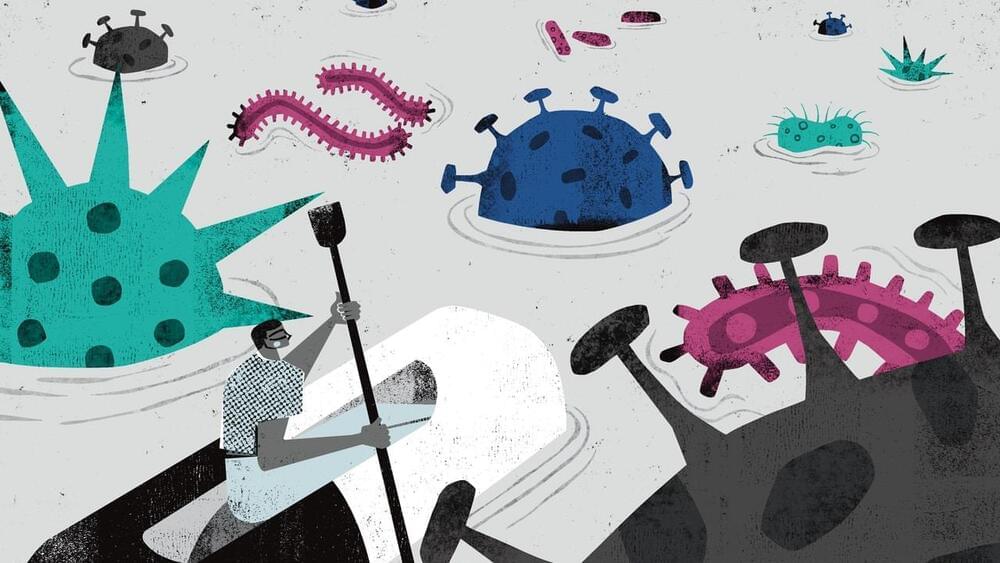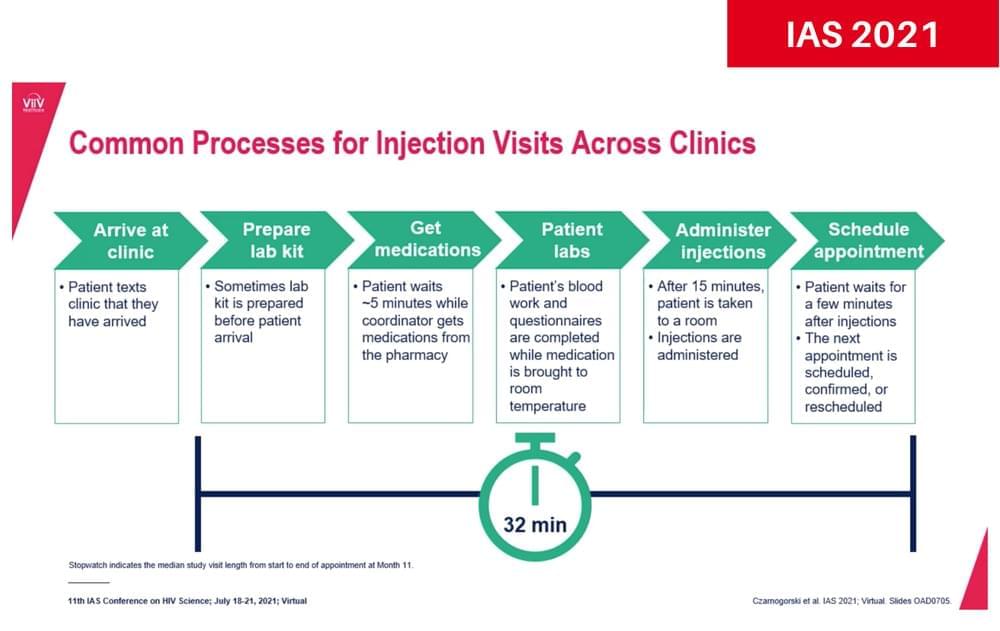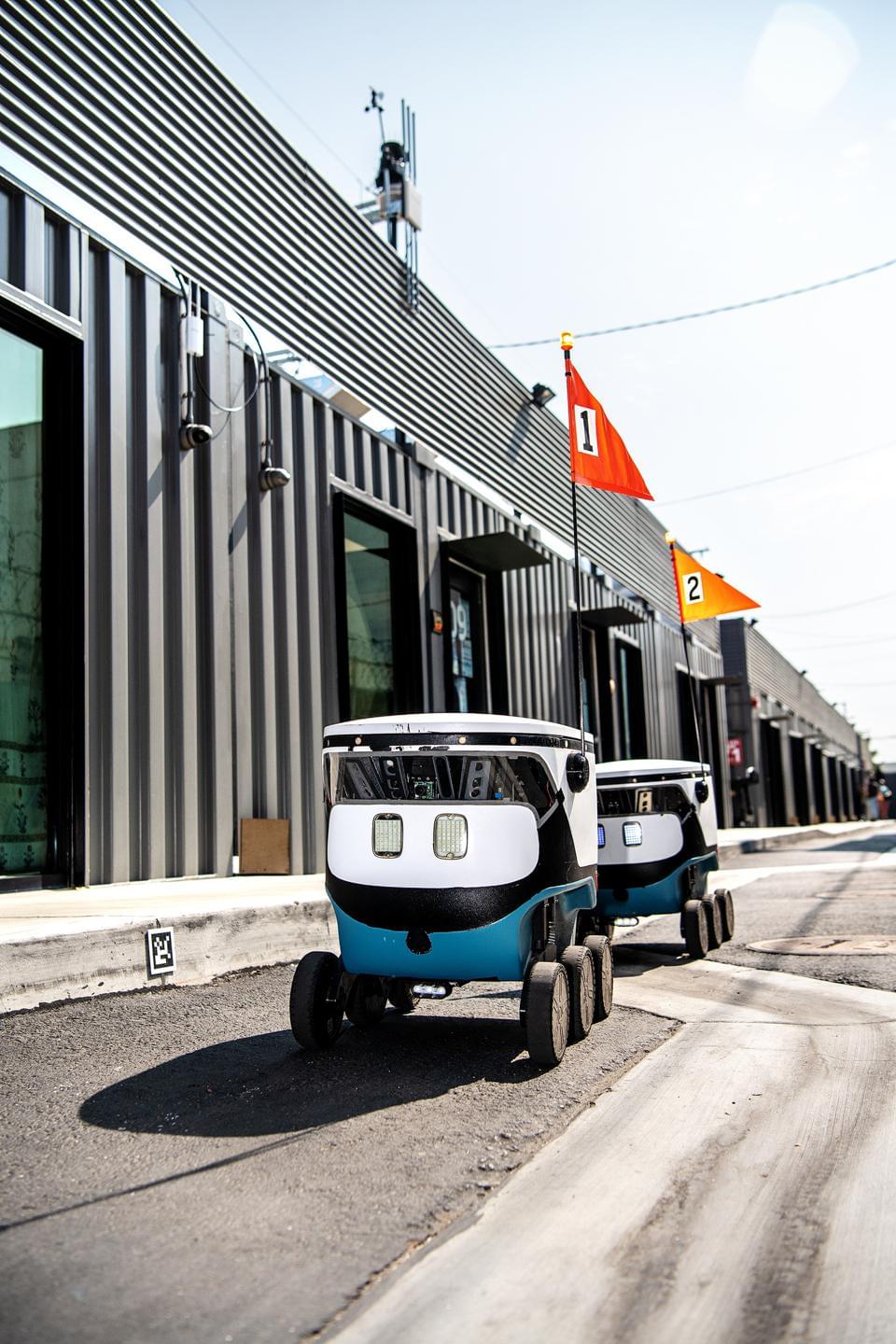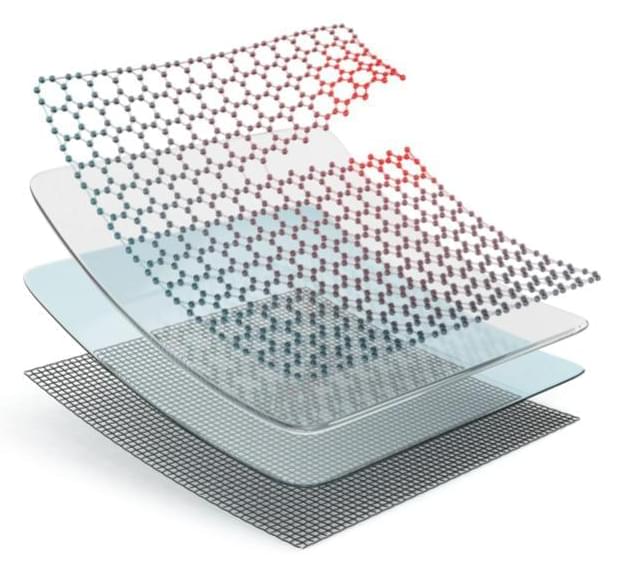Targeting cancers and viruses, better knowledge of the human immune system is leading to new medicines.



Researchers have discovered that using a thin-film coating of copper or copper compounds on surfaces could enhance copper’s ability to inactivate or destroy the SARS-CoV-2 virus responsible for COVID-19.
In a study that began soon after the pandemic hit in March 2020, University of Waterloo engineering graduate students investigated how six different thin metal and oxide coatings interacted with HCov-229E, a coronavirus that is genetically like SARS-CoV-2 but safer to work with.
“While there was already some data out there on the lifetime of the virus on common-touch surfaces like stainless steel, plastics and copper, the lifetime of the virus on engineered coatings was less understood,” said Kevin Mussleman, the Waterloo mechanical and mechatronics engineering professor who led the study.


The long-acting injectable HIV medications cabotegravir and rilpivirine, which are administered by a healthcare provider once a month, can be successfully implemented in health practises in the United States, according to a study presented at the 11th International AIDS Society Conference on HIV Science (IAS 2021). What’s more, providers and people with HIV encountered few barriers to giving or receiving the injections despite changes in health services during COVID-19.
“Over the course of a year, even with the added challenges of COVID-19, the barriers that providers and patients thought they would face turned out not to be as concerning as originally thought,” Dr Maggie Czarnogorski of ViiV Healthcare said in a press release.
In October 2020, the European Medicines Agency (EMA) approved the injectable combination regimen, which consists of an extended-release formulation of ViiV Healthcare’s new integrase inhibitor cabotegravir (Vocabria) plus an injectable version of Janssen’s non-nucleoside reverse transcriptase inhibitor rilpivirine (Rekambys, sold in pill form as Edurant). The US Food and Drug Administration (FDA) approved the combination, sold in North America as Cabenuva, in January 2021.

Summary: A new computational method sheds light on the intricacies of brain structure and function.
Source: Baylor College of Medicine.
To better appreciate how a complex organ such as the brain functions, scientists strive to accurately understand both its detailed cellular architecture and the intercellular communications taking place within it.

As the holidays approach, gifts are being bought, and plans are being made with family and friends. These typical holiday activities are contributing to the growth of e-commerce — which has already been accelerated by the COVID-19 pandemic. Food now represents an important part of the e-commerce landscape. Chances are if you are planning to see some friends and family, you may already be thinking about where to eat, what to eat, and how best to plan it all. The good news is that there are many more options today than there were even 5 years ago.
Food delivery — from restaurant food to groceries to well-designed ingredient bundles that remove the hassle of meal planning are all available with ‘one click’. Due to COVID and the various restrictions, concern for public health, and even lockdowns millions of people have taken the leap and ordered food online for the first time.
Coming from a mobility perspective, it is interesting to note what is happening in the food industry because at the end of the day it will require new innovations and solutions to deliver the food to people’s doors. And even better will be when those mobility solutions are more sustainable and efficient than what is being used today. With the boom in this sector, it isn’t just about switching from internal combustion engines to zero-emission, but also pushing for new form factors that can further increase efficiency (lowering the cost and energy demand).

Dystopian nightmare or a simple convenience? A Swedish company implanting microchips under the skin has is promoting its devices for use as a COVID-19 health pass in a country with thousands of early adopters.
Amanda Back uses her smartphone to scan a microchip implanted in her hand to reveal her health pass.


Some engineered living materials can combine the strength of run-of-the-mill building materials with the responsiveness of living systems. Think self-healing concrete, paint that changes color when a specific chemical is detected or material that could reproduce and fill in a crack when one forms. This would revolutionize construction and maintenance, with wide-reaching economic and environmental implications.
Seeing this new category of adaptive materials on consumer shelves may be a ways off. Still, critical early research from the University of Minnesota sheds new light on this exciting advancement, which shows promise beyond building materials, including biomedical applications.
In a new study in Nature Communications, researchers from the College of Biological Sciences demonstrate how to transform silica — a common material used in plaster and other construction materials — into a self-assembling, dynamic and resilient material.

More than a million Americans undergo knee and hip replacements each year. It’s a last resort treatment for pain and mobility issues associated with osteoarthritis, a progressive disease caused by degeneration of the protective layer of cartilage that stops our bones grinding together when we sit, stand, write, or move around.
But what if doctors could intervene and repair damaged cartilage before surgery is needed?
For the first time, researchers at the Keck School of Medicine of USC have used a stem cell-based bio-implant to repair cartilage and delay joint degeneration in a large animal model. The work will now advance into humans with support from a $6 million grant from the California Institute of Regenerative Medicine (CIRM).